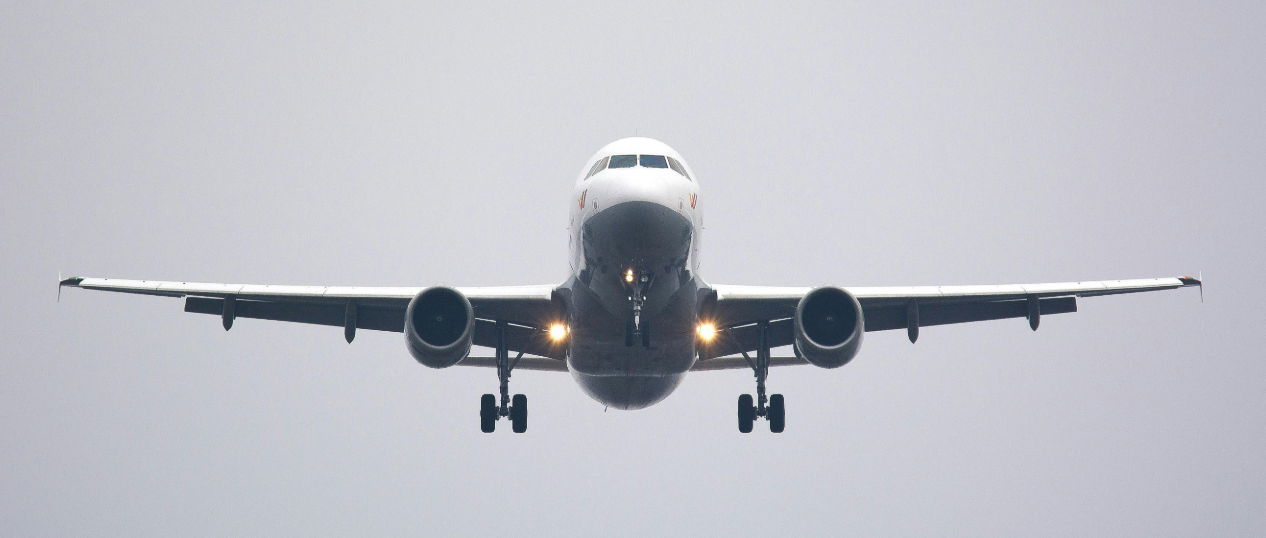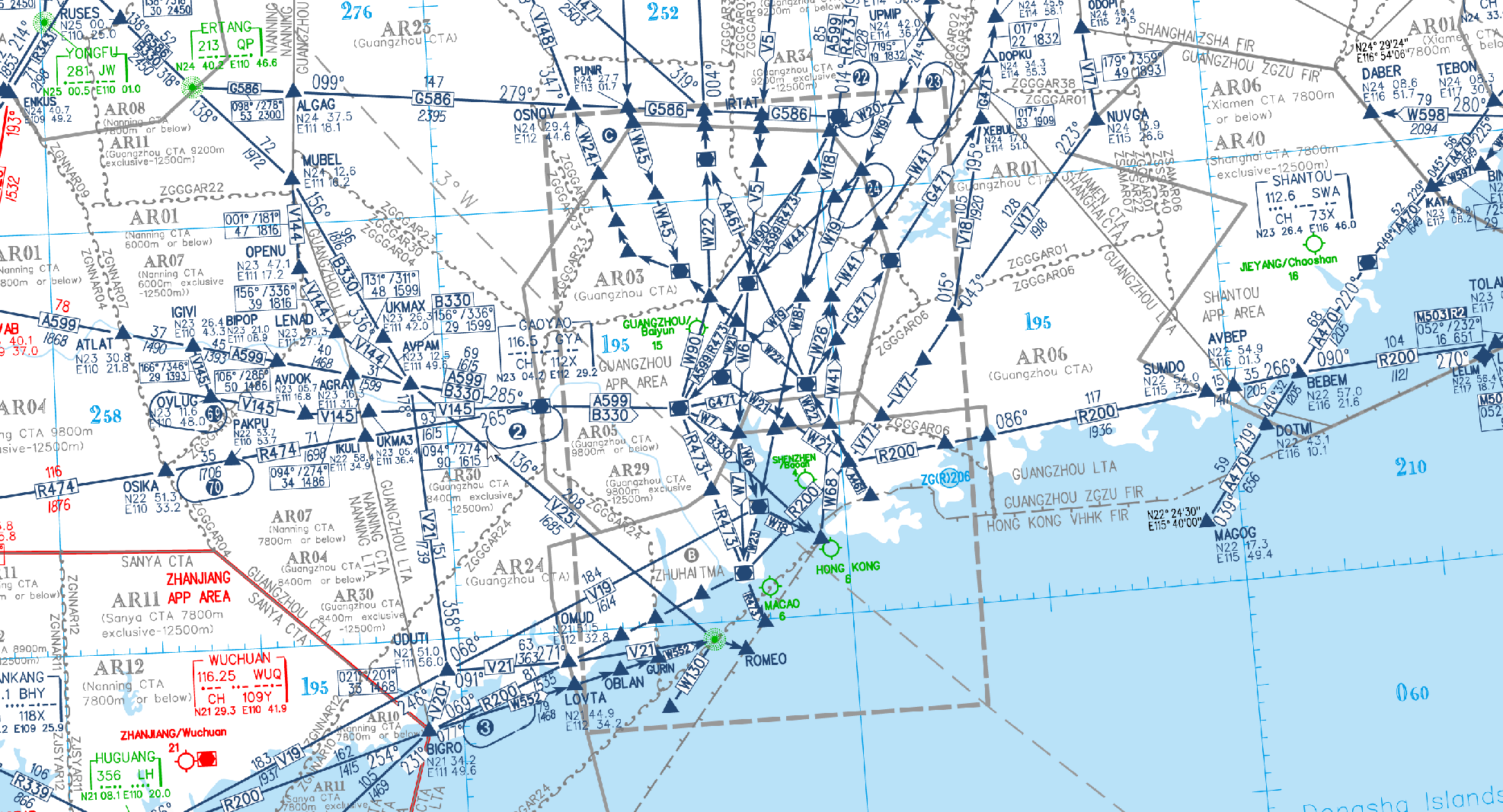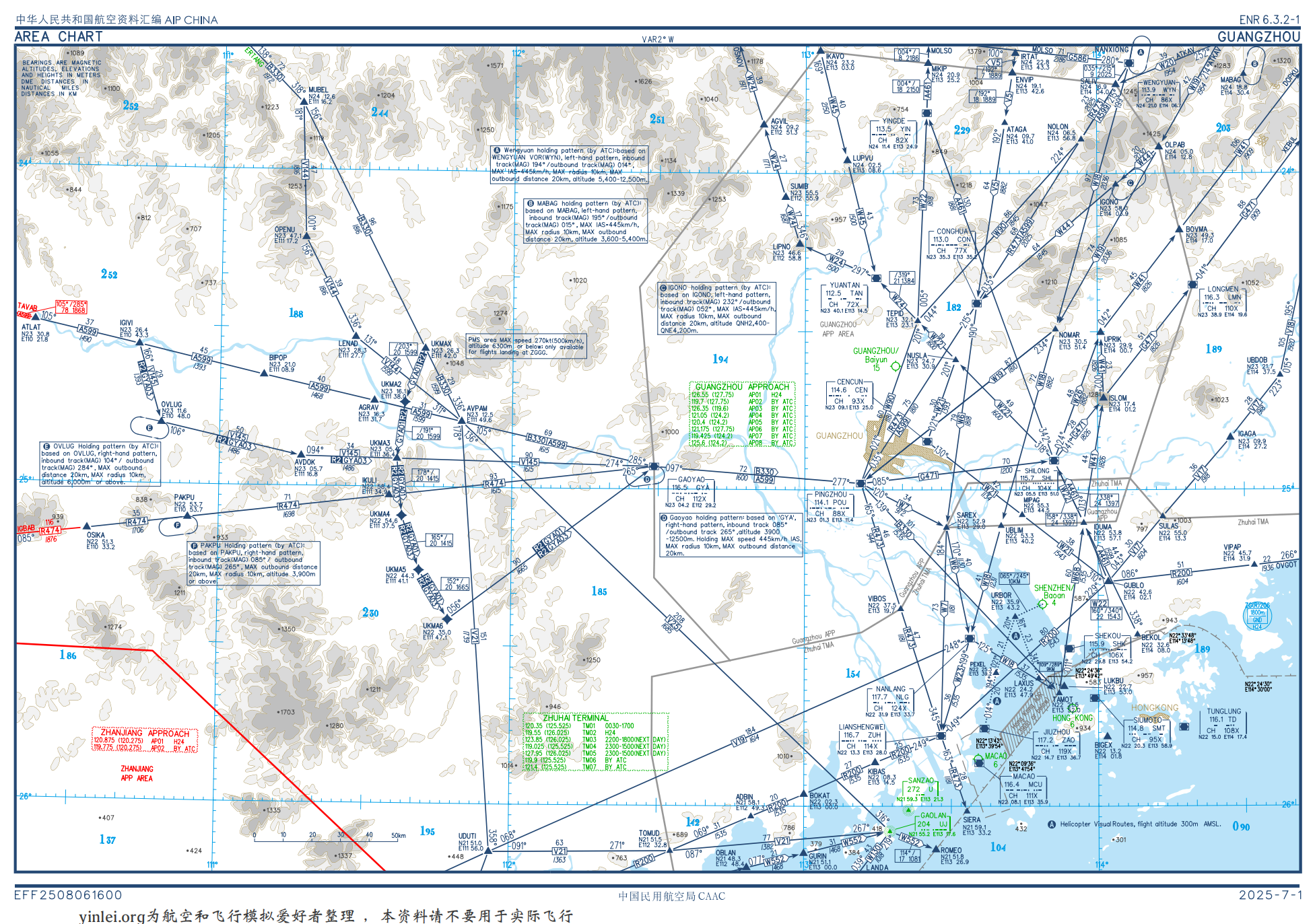Guangzhou Provides the Fame, Foshan the Funds, and Zhaoqing the Land for the Airport?

A few days ago, news about “nine villages in Zhaoqing being transferred to Foshan” flooded Old T’s social media feed. Many people took one look at the map and chuckled: Isn’t this the location of the long-planned Guangzhou New Airport? Instantly, the old joke about “Guangzhou providing the fame, Foshan the funds, and Zhaoqing the land” resurfaced.
The Nine Transferred Villages and an Airport Dream
On the surface, the transfer of these nine villages is a minor adjustment of administrative boundaries. But in Old T’s eyes, it’s almost the final push for the long-delayed Guangzhou New Airport project. After all, the core area of the future airport largely lies within this “enclave” in Zhaoqing. The previous hassles of cross-city coordination have suddenly become much simpler with the unification of administrative divisions.
In fact, the “site selection saga” of this new airport has been a long-running drama in itself.
As early as 2012, Guangzhou began planning for a second airport. Initially, Nansha District was considered, close to the port for convenient sea-air intermodal transport, but it was abandoned due to airspace conflicts and environmental pressures. The focus then shifted to Zhengguo Town in Zengcheng, aiming to connect Guangzhou and Shenzhen, but assessments showed it was too close to Baiyun and Bao’an airports, posing significant safety risks. These plans ultimately remained on paper.
Around 2015, attention moved to the Foshan-Yunfu border. At that time, Foshan and Yunfu had a paired assistance relationship, and Yunfu顺势 proposed building the Guangzhou New Airport at the “Foshan-Yunfu border,” gaining support from several cities in western Guangdong.
A key turning point occurred between 2021 and 2024: the Civil Aviation Administration approved the recommended site northeast of Gaoming’s Genghe Town in Foshan and west of Zhaoqing’s Gaoyao Jiaotang Town. This site was officially approved in February 2024, and the project, named the “Pearl River Delta Hub (Guangzhou New) Airport,” was greenlit by the National Development and Reform Commission in December 2024.
This evolution reflects multi-faceted considerations: shifting from the city center towards the west, avoiding the densely populated eastern areas. The process involved coordination at the national, provincial, and municipal levels, emphasizing strategic layout.
| Location | Timeline | Outcome |
|---|---|---|
| Guangzhou Nansha | 2012–2015 | Downgraded to a small general aviation airport due to airspace conflicts |
| Guangzhou Zengcheng | 2017–2020 | Abandoned due to airspace conflicts and airport density |
| Foshan-Yunfu Border | 2013–2018 | Poor connectivity; later adjusted to the Foshan-Zhaoqing border |
| Foshan-Zhaoqing Border | 2018–2021 | Achieved airspace and regional balance, benefits from high-speed rail, can serve western Guangdong |
Why Gaoming, Foshan?
If you ask why this seemingly remote location ultimately won out, the biggest constraint likely isn’t on the ground but in the sky.
Old T found some airspace maps of the Pearl River Delta on a model airplane website, and the reasoning became immediately clear. The flight routes of several international airports in Guangzhou, Shenzhen, Zhuhai, Hong Kong, and Macau weave an extremely dense and complex network over the Pearl River Delta. Looking closely, the only available space seems to be west of Foshan.

If we compare airspace to roads on the ground, the “sky roads” in the eastern core area of the Pearl River Delta are nearly saturated, with traffic (flights) interfering with each other, leading to congestion and safety risks. Under these circumstances, inserting a new airport capable of handling tens of millions of passengers is almost an “impossible mission.”

The Foshan-Zhaoqing border happens to be on the edge of this dense air route network. Placing the new airport here is like opening a new hub with relatively easy access next to a congested highway—it can effectively divert traffic while minimizing interference with existing routes. The core logic behind this is the “traffic safety” and operational efficiency of the entire Pearl River Delta sky.
Does the “Fame, Funds, Land” Saying Hold Up?
The saying “Guangzhou provides the fame, Foshan the funds, and Zhaoqing the land” is vivid, memorable, and widely circulated among the public. But upon closer examination, aside from “Zhaoqing provides the land” being largely true, the other two parts might differ from common perception.
First, “Guangzhou provides the fame.” The name will likely indeed include “Guangzhou,” much like how Xi’an Xianyang Airport is located in Xianyang, not Xi’an. But this is primarily a consideration of regional branding and辐射 effect, not an indication that Guangzhou is the sole construction and management entity. Based on currently disclosed information, this airport is a major transportation construction project under the “Transport Power” strategy. Its investment and construction entities are likely to be central state-owned enterprises or provincial platforms like the Guangdong Airport Management Group, reflecting coordination at a higher level.
In February this year, the Ministry of Transport compiled and issued the “Major Projects and Programs for Accelerating the Construction of a Transport Power (2025 Edition),” planning 20 major project packages and 45 specific major projects, including the National Comprehensive Transport Network Backbone Connectivity Enhancement Project, the Yangtze River Economic Belt Comprehensive Transport Network Improvement Project, the Xizang Railway, the Three Gorges New Waterway, and the Pearl River Delta Hub (Guangzhou) New Airport.
Now, “Foshan provides the funds.” This is the most problematic part. A national-level infrastructure project of this scale, involving investments of tens of billions, is far beyond the capacity of a single prefecture-level city to bear easily. The real “funds” primarily come from provincial finances, central state-owned enterprises, and market financing. Foshan might bear some of the initial supporting costs, such as connecting highways and rail transit to the airport, and might share some localization costs like land acquisition and relocation. But saying the entire airport relies on “Foshan providing the funds” undoubtedly oversimplifies the matter.
In contrast, “Zhaoqing provides the land” is mostly factual. According to existing planning maps, most of the airport’s runways and terminal buildings do indeed fall within the former Zhaoqing territory before its transfer to Foshan management, with a smaller portion on the original Foshan land. Zhaoqing’s contribution of land for this airport is tangible.
Looking back, this airport’s site selection, naming, and investment model deeply reflect the collaborative logic of the “Greater Bay Area.” It has already transcended the gains and losses of any single city, seeking the optimal solution for the overall benefit within a larger strategic framework. That catchy saying might eventually be revised by more complex realities, but this process itself is a vivid snapshot of the Bay Area cities moving from “acting independently” towards “genuine integration.”
#guangzhou #foshan #zhaoqing #airport